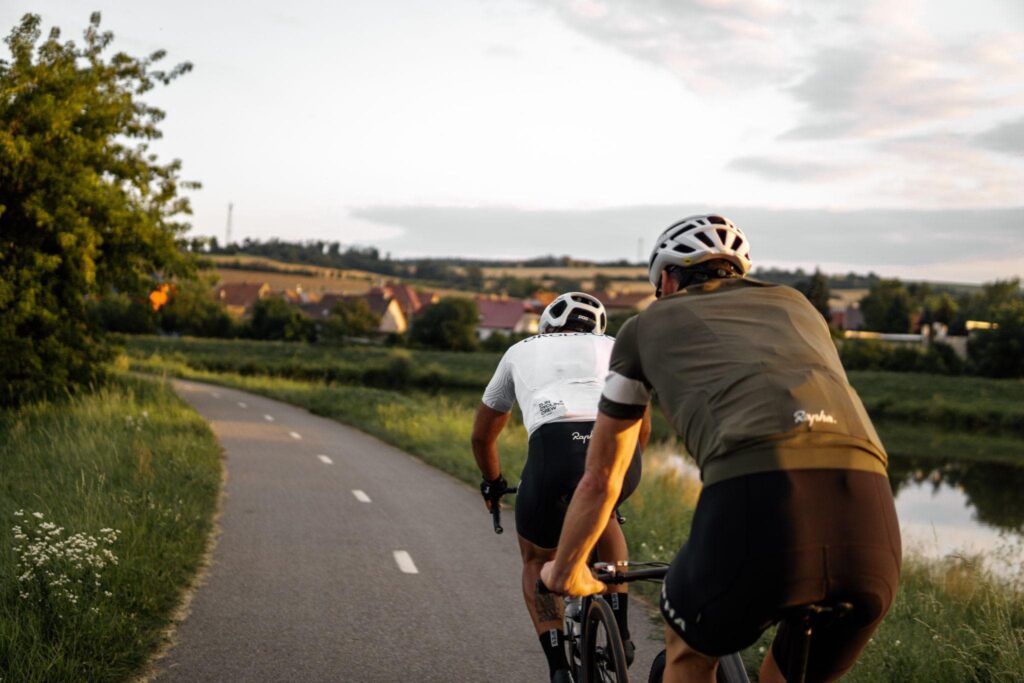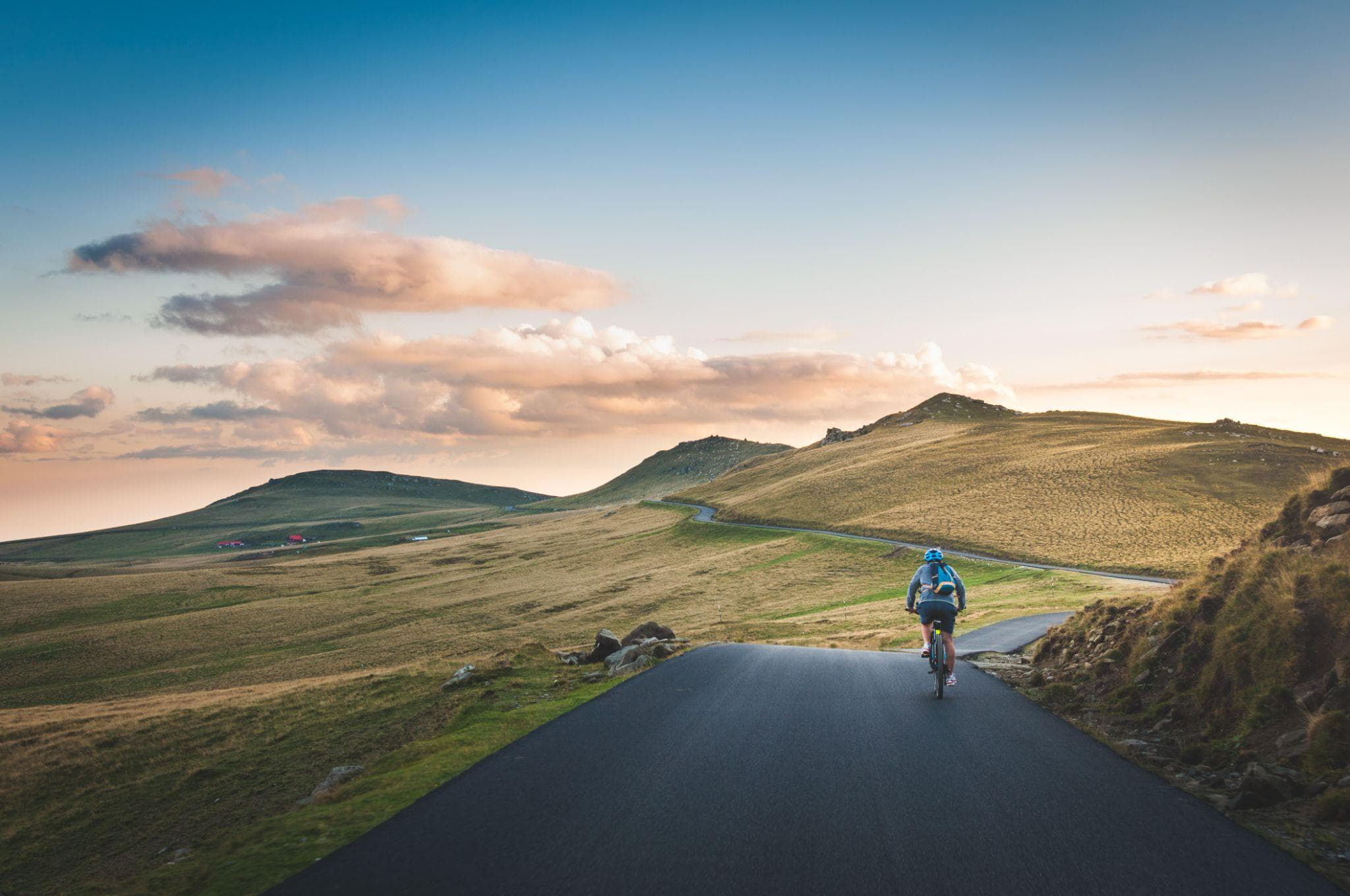Cycling tourism is a growing trend in many parts of the world, including America. Recently, more and more people have opted to explore iconic coast-to-coast routes and discover hidden gems. While cycling tourism across the nation presents a unique travel experience to individuals, we can’t turn a blind eye to the challenges of this industry, hence the question: is cycling tourism across America truly possible?
The answer is nuanced and depends on your definition of “possible.” However, this article will shed some light on what you need to know about this type of traveling, exploring the possibilities, challenges, economic impact, and the state of cycling tourism in America.
The State of Cycling in America
According to PeopleForBikes, since the pandemic knocked on our doors, there has been an evident surge in cycling, with 10% of adult Americans taking up cycling activities for the first time in years. This slowly changes the narrative that only 1% of all trips taken by Americans are by bike compared to 87%, which accounts for trips taken by car or truck. With the increase in individuals taking up cycling, the country and cities across the country have started investing in infrastructure aimed at making cycling safer. Construction of greenways, protected bike lanes, and quiet streets is now being taken seriously, which is helping the cycling tourism industry grow.
The Economic Impact of the Bicycle Tourism
In 2022, the bicycle tourism industry in the United States of America generated approximately 11 billion in revenue, with over 60 million Americans participating in cycling activities. The revenue generated is a testament to bicycle tourism’s significant contribution to local, state, and national economies. According to the Outdoor Industry Association, although bicycling participants spend around $83 billion on bicycle tourism, generating about $97 billion in retail spending, bicycle recreation spending helps in the creation of at least 848,000 jobs. However, there must be factors fueling the popularity and growth of cycling tourism in America. We will review these factors in the paragraphs below.
The Inherent Adventure
Travelers no longer travel just to explore a city or because they are passionate about traveling. That seems to have changed. Today, individuals travel to overcome physical and mental challenges, connect with nature, and experience the country at a slower pace. These are all powerful motivators for cyclists.
To them, it’s more about an inherent adventure, which is no different even with gamblers in the casino industry seeking bonus buy slots, as highlighted at https://www.slotozilla.com/uk/slots-features/bonus-buy. The Bonus Buy is a feature that allows players to purchase direct access to a game’s bonus round or free spins rather than waiting for them to be triggered through regular gameplay. As a player, you get a chance to go to the super game, bypassing the gameplay. This enhances the casino experience for players, making it more fun and engaging.
Improved Infrastructure and Resources
As mentioned earlier, the establishment of dedicated bike paths, supportive communities, and an abundance of cycling tour operators has helped in making long-distance journeys more accessible. With the improved infrastructure and resources, cyclist travelers can easily navigate various cities, enabling them to have an enthralling cycling experience.
Also, this brings about safety and comfort, attracts a wider range of participants, including less experienced riders and families, boosts local economies, and promotes sustainable travel. This, in turn, contributes to the growth of cycling tourism across America. For instance, according to research, 71% of cyclists choose routes with dedicated bike paths, while cycling tourism contributes approximately $3.2 billion annually to the United States economy.
The Challenges of the Cycling Tourism Industry in America
Although bicycle tourism comes with its benefits, there are several challenges affecting its growth in America. In the paragraphs below, we will review the challenges of this type of tourism.
Safety Concerns
More often than not, the weather conditions might be unpredictable, ranging from snowcapped mountains to scorching deserts. The vastness and diverse weather conditions of America make long-distance journeys challenging, with erratic extreme temperatures and storms posing risks to cyclist travelers. Traffic hazards are also a significant challenge in the cycling tourism industry in America. Cyclists sharing roads with cars pose a significant safety risk, more so for novice participants or those navigating unfamiliar terrain. Similarly, limited emergency support in remote areas and inadequate bike repair services make solo travel potentially dangerous, affecting the industry.
Infrastructure Gaps
While the country is trying its best to construct dedicated bike paths, it is safe to say that these paths are limited. Many regions lack safe and well-maintained dedicated bike routes. As a result, this forces cyclists to share roads with cars, primarily in rural areas with higher traffic speeds and limited shoulders.
Equivalently, existing bike routes often lack connectivity, which makes multi-day journeys and route planning difficult. Moreover, in America, path quality varies greatly. Some routes are in poor condition and lack essential amenities like rest stops and signage, which is risky for cyclists.
Financial and Policy Obstacles
Limited funding is another challenge faced by cycling tourism in America. Public investment in cycling infrastructure often lags behind other modes of transportation. This hinders the development and maintenance of dedicated paths. Correspondingly, some policies are unfavorable as they prioritize automobile traffic over cycling, creating safety hazards and discouraging investment in bike-friendly infrastructure.
Also, the cost of travel for long-distance cycling can be expensive, considering factors such as accommodation, equipment, and tours. This potentially limits accessibility for certain demographics, hence affecting the industry.
Social and Cultural Barriers
Cycling tourism remains a niche market in some regions of America, with a lack of awareness about its benefits and potential. In the same vein, America has a dominant car culture, which can create negative perceptions of cycling, thus discouraging individuals from considering it as a travel option.
Additionally, the lack of infrastructure awareness in bike-friendly areas may hinder cycling tourism in America from growing. Some communities may not be fully supportive of cyclists or may lack the infrastructure to cater to their needs, leading to the slow growth of the industry.

Overcoming the Challenges
For the cycling tourism industry across America to grow and fully evolve, the challenges must be faced head-on using a multifaceted approach. The table below outlines potential solutions for each category aiming to increase the possibilities of the industry growing:
| Category | Solution |
| Government | Allocate funding for building and maintaining a nationwide network of connected and well-maintained bike paths, prioritizing safety and accessibility. |
| Implement supportive policies, including traffic regulations and incentives for businesses to become bike-friendly. | |
| Promote cycling tourism by launching regional campaigns to raise awareness about the potential of cycling tourism, attracting both international and domestic travelers. | |
| Businesses | Hotels, shops, and restaurants can invest in bike parking, charging stations, secure storage, and repair services to cater to cyclists’ needs. |
| Offer cycling-specific packages and tours to make long-distance travel more accessible. | |
| Partner with local cycling groups and organizations to promote cycling tourism and infrastructure development. | |
| Communities | Organize local campaigns to pressure the government to prioritize bike infrastructure and safety measures. |
| Develop local cycling resources like online maps, guides, and recommendations for bike-friendly routes, accommodation, and services within their region. | |
| Host events and workshops to promote cycling as a healthy and enjoyable activity for all ages and abilities. | |
| Individual Cyclists | Document your cycling journeys and share your experiences with others through online platforms and social media. |
| Practice safe cycling habits like adhering to traffic, using proper gear, and being mindful of other road users. | |
| Support advocacy groups. |
Final Thoughts
In conclusion, cycling tourism is a growing trend, and America has the potential to become a significant destination for cycling tourists. However, for this to happen, the challenges faced by the industry have to be addressed by promoting cycling as a safe and viable mode of transportation, investing in infrastructure and safety measures, and increasing awareness about the advantages of cycling tourism. Once these challenges are dealt with, America can for sure become a leading destination for cyclist tourists.
